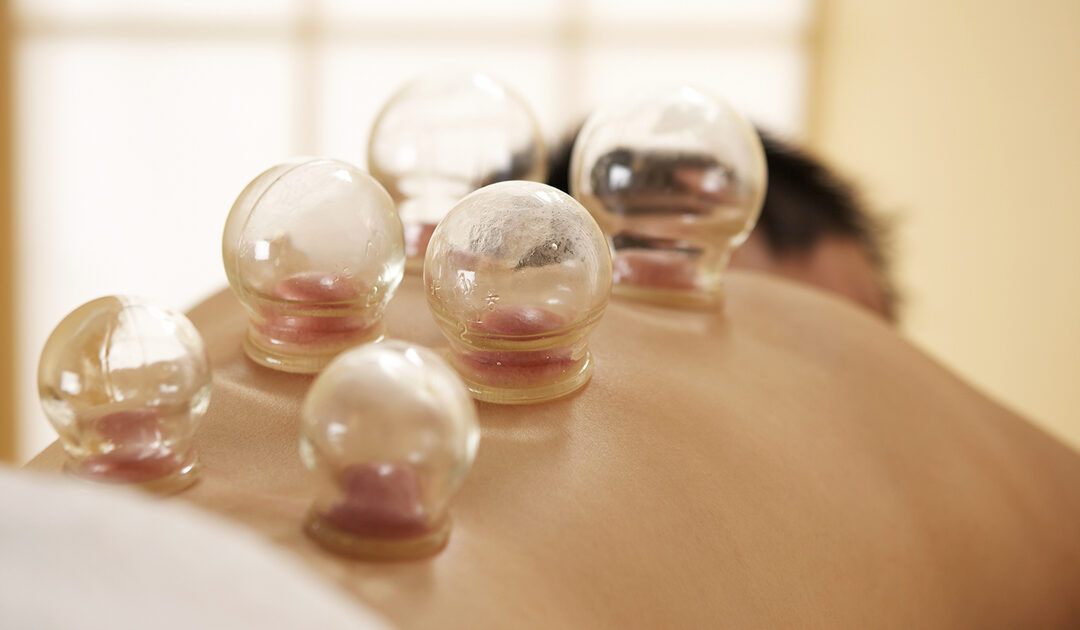You might have heard of Cupping therapy as it has become more popular in recent years especially during the 2016 Summer Olympics, when swimmer Michael Phelps competed with cupping bruises covering his back. However, cupping is not new! Cupping therapy is an ancient form of alternative medicine dating back to 1,550 B.C in ancient Egypt. For centuries, cupping therapy has been used for pain management for conditions such as head, neck, shoulder, back, and leg pain.
Types of Cupping
There are different ways to perform cupping. At Ananta, I provide two different techniques of cupping. The most common technique, also called fire cupping, is the most popular. This technique gives more of a deep tissue massage effect. I start off by applying massage oil on the targeted area. Then, I will use isopropyl rubbing alcohol, cotton ball, with fire to suction the cups onto your skin. As the air inside the cup cools, it creates a vacuum and it will cause your skin to rise. Once the cups are secured on your skin, I will start moving the cups and massage the targeted muscles and acupuncture points. The second technique is what I call “local cupping,” where I use plastic cups. You do not get the massage effect with the plastic cups as cups are just suctioned on the specific parts of the body without moving. This technique is usually used for parts of the body that do not have a wide area to massage such as stomach, knees, and ankles.
How Cupping helps with pain
Both techniques have the same concept and purpose. The goal is to help promote your blood circulation and Qi. In Traditional Chinese Medicine (TCM)’s point of view, when you have pain, it can mean that your blood and Qi circulation is not flowing smoothly through your body. Many TCM practitioners and acupuncturists believe “Where there is stagnation, there will be pain. Remove the stagnation and you remove the pain.” Cupping is a method of breaking up the blockage to restore the body’s natural flow of Qi and blood. Not only do we target the acupuncture points we also focus on painful muscles on your body.
Cupping Conclusion
Although there are not many scientific studies on cupping, many find significant pain relief after their cupping treatment with little side effects. You may get mild bruising and skin irritation but it will heal on its own within 7-10 days. Cupping is a great addition to other treatments such as acupuncture or osteopathic manual therapy.
Aside from pain relief, cupping can also help with fighting flu and cold, anxiety, and overall relaxation.
Need more information? Have Questions? Get in touch!
If you have any questions regarding cupping therapy and how it may help you, click here, or if you’d like to book an appointment, you can book online or reach Katie at katie@anantaosteopathy.com

